What are the specific benefits of having a fever when you have a cold? Is it a good idea to take medicine to lower your fever?

When you have a fever, such as when you have a cold, your whole body heats up and you feel uncomfortable, so you try to cool it down or take medicine, but on the other hand, some people say that you should avoid trying to lower your fever because the fever is a way to fight the cold. The science-related YouTube channel
Fever Feels Horrible, but is Actually Awesome! - YouTube
Every animal has an ideal body temperature range and a temperature range in which they can survive for a while, albeit with some stress.

Humans are warm-blooded animals that can maintain a relatively constant body temperature regardless of the temperature of their surroundings, such as air or water temperature, and consume a large amount of energy to maintain that temperature at around 37 degrees Celsius.

On the other hand, cold-blooded animals, whose body temperature changes depending on the external temperature, do not consume energy to maintain their body temperature, but are affected by bacteria that prefer low temperatures. According to previous research, the most balanced body temperature between energy consumption and inhibition of bacterial growth is 36.7 degrees. For every 1 degree increase in an animal's body temperature, the number of pathogenic bacteria decreases, and while cold-blooded animals can be infected with tens of thousands of types of bacteria, this number drops dramatically to a few hundred for warm-blooded animals.
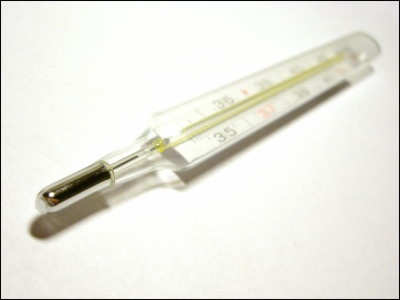
When cold-blooded animals get sick, they will try to raise their body temperature by going to a warmer environment - fish will swim in warm waters, and lizards will bask in the sunlight.

On the other hand, warm-blooded animals have had a mechanism for at least 600 million years that raises body temperature to slow the progression of bacteria or viruses when they enter their bodies. In humans, this mechanism is achieved by pyrogens , such as endotoxins produced by gram-negative bacteria such as E. coli.

The heat-generating substances are delivered to the brain and activate the body's thermoregulatory system, which causes shivering in response to fever, as a result of extremely rapid skeletal muscle contraction, generating a large amount of heat in the core of the body.

At the same time, in many cases, blood vessels near the surface of the body constrict, preventing heat from escaping through the skin. In some cases, people may feel cold even though they have a fever. This is because preventing heat from escaping through the skin causes the inside of the body to heat up while the surface of the skin becomes cold.
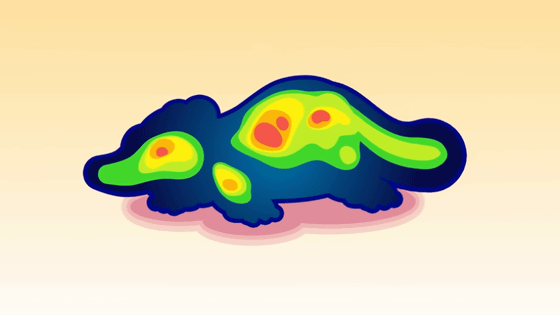
Warm-blooded animals consume a lot of energy to maintain body temperature, but when they develop a fever to fight viruses and bacteria, they consume about 10% more calories. That's why your whole body feels sluggish when you have a fever, says Kurzgesagt. 'Fever is also a strong command to conserve energy and lie down and rest so that your immune system has time to fight.'

Heat stresses our own cells, causing symptoms like headaches and joint pain, but it also damages the DNA of bacteria and reduces their protein production. Also, because the body's immune system is not affected by heat, it absorbs the nutrients the bacteria need first, shortening the lifespan of the cells.
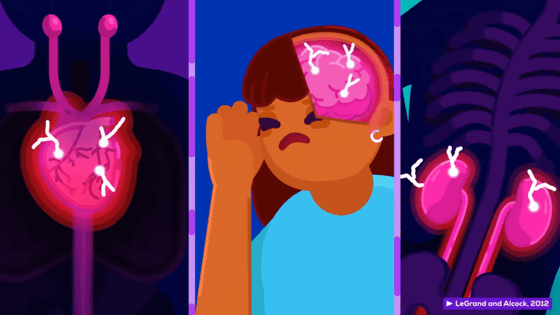
Fever also plays an important role in different types of immune responses. For example,

Although healthy cells also produce heat shock proteins, the amount produced becomes abnormal when infected with a virus, so
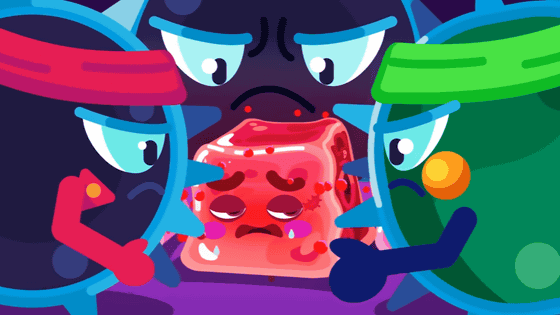
Fever has a strong effect on viruses and bacteria, but despite having the same function for hundreds of millions of years, viruses and bacteria have not adapted to it. Kurzgesagt speculates that the reason for this is that 'human body temperature changes may be outpacing the evolution of their enemies.' If they evolve to adapt to fever, they will evolve into viruses and bacteria that are suitable for temperatures between 38 and 40 degrees Celsius. However, even if they are able to survive in the body of a person with a fever, if they aim to infect the next person, the healthy body temperature of 35 to 37 degrees Celsius will be too cold for the evolved viruses and bacteria.
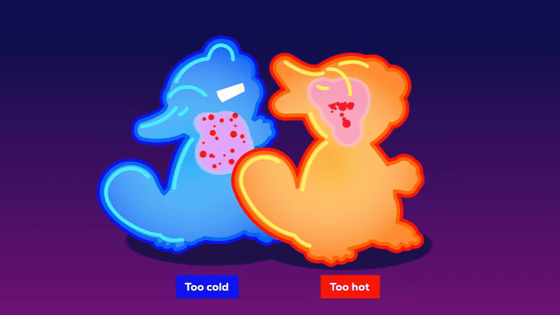
However, some viruses are able to evade the immune response induced by fever. The measles virus, which causes measles, uses a 'hit-and-run tactic' by replicating faster to make itself most infectious before the onset of a full-blown fever, and then by the time the fever kills the virus, it has already finished its attack.

Many people try to lower their fever by taking antipyretics or cooling their heads with ice packs, but as mentioned above, fevers are the body's way of fighting viruses, and a fever below 40 degrees is not dangerous. Japan's

However, due to ethical issues, there are some areas where in-depth research has not been done on whether to administer antipyretics to patients with high fevers or to avoid drug treatment. For example, there is data that shows that administering antipyretics increases the mortality rate, and there is no clinical evidence that lowering fever leads to improved health, so it can be considered undesirable to forcibly lower the fever. On the other hand, high fever also carries serious risks such as stroke and nerve damage, so further research is needed on how to determine whether antipyretic treatment is necessary.
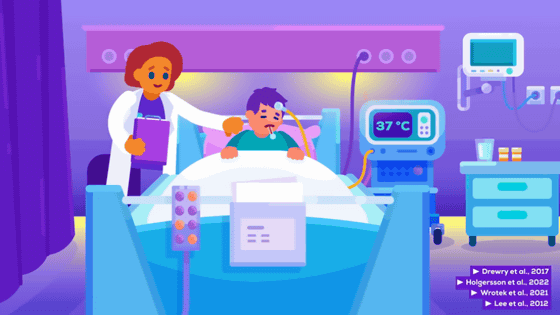
Related Posts:






